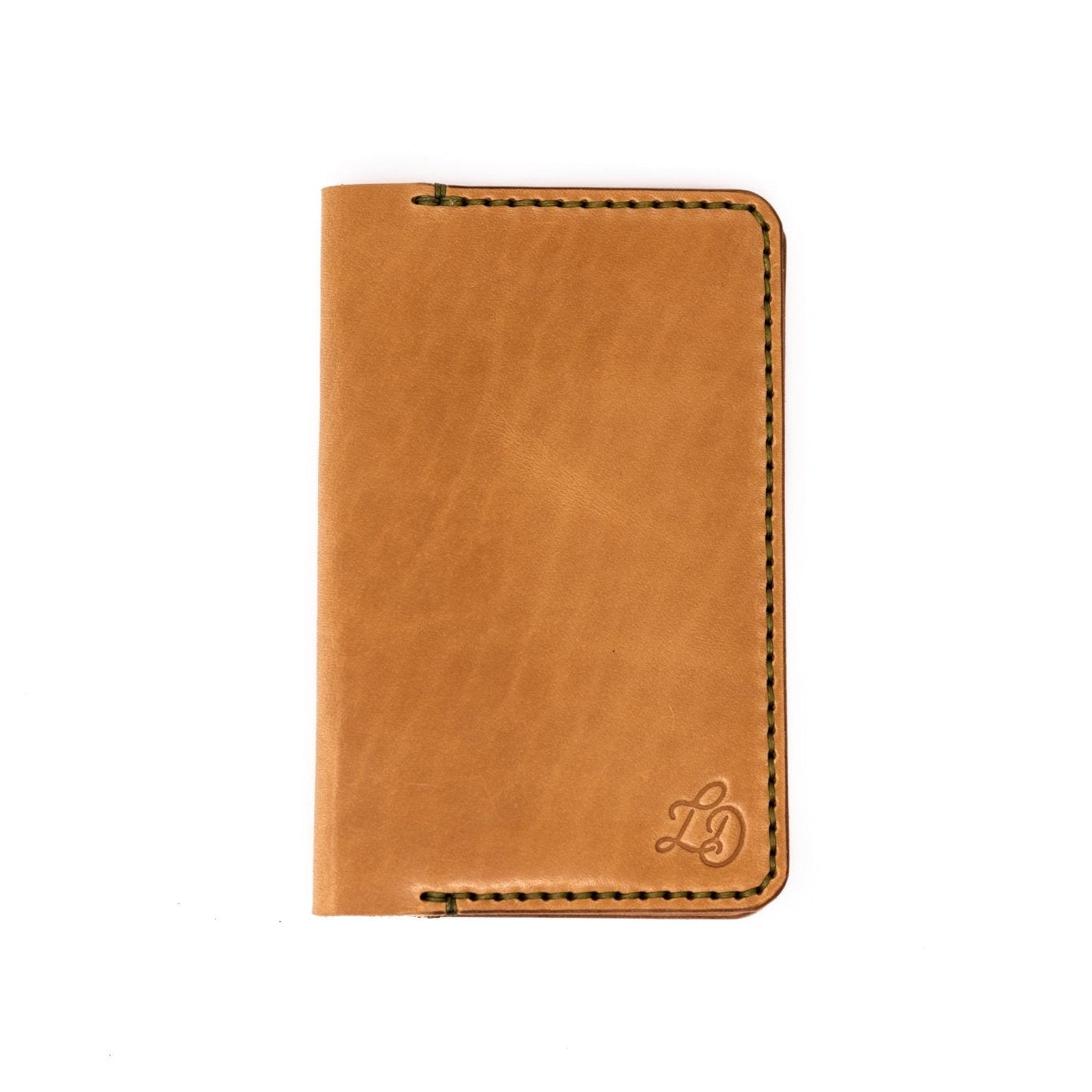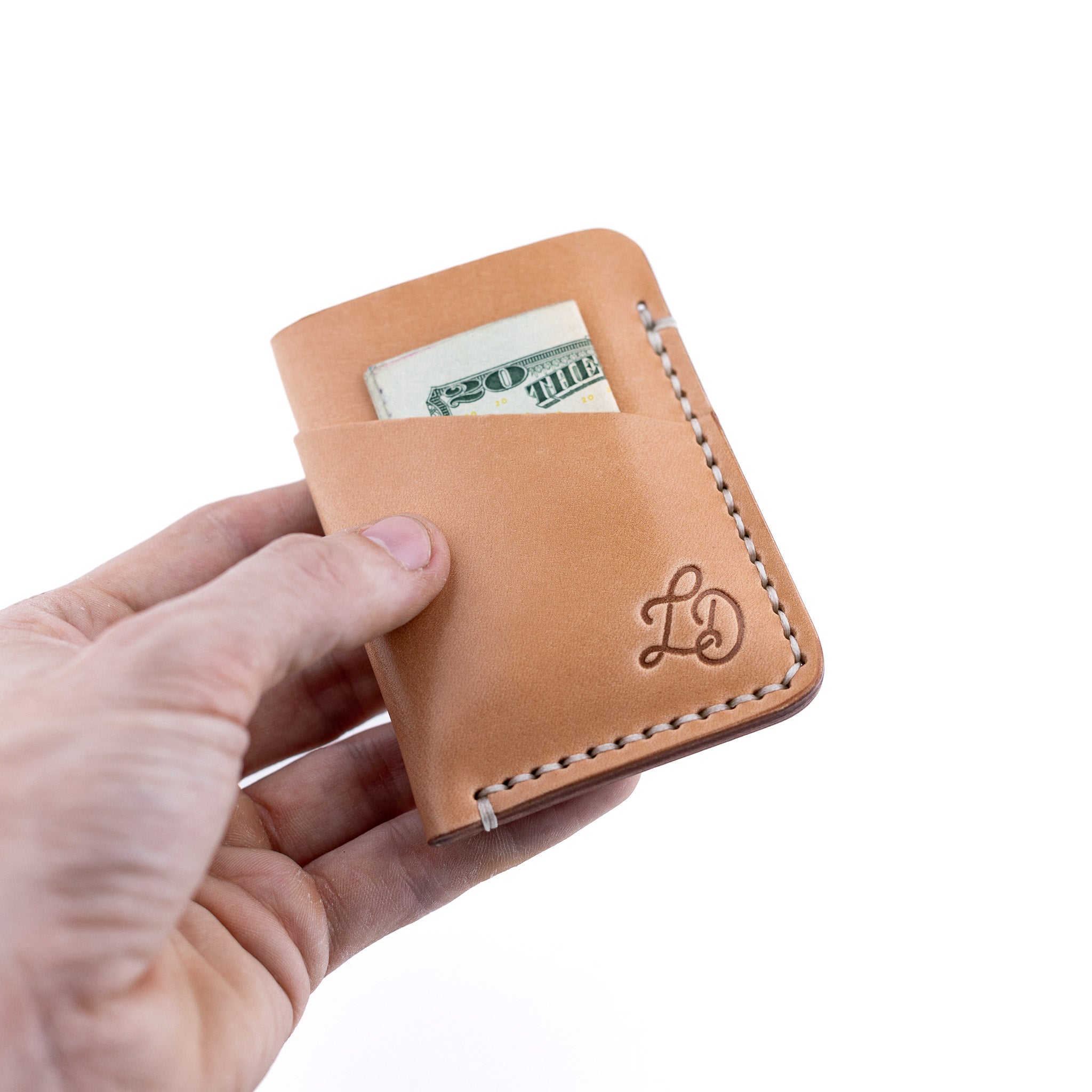
Lost Dutchman Leather Belts vs Department Store Brands: Key Differences
For many shoppers, a belt is an afterthought. You might stand in a department store, scanning a wall of options, and assume they’re all the same. The cycle feels familiar: buy one, wear it for a year, then watch as the surface begins to crack, peel, or lose shape. When it becomes unsightly, replace it with another.
The difference between that cycle and owning a belt that lasts decades is night and day. It comes down to materials, craftsmanship, and philosophy. This is where Lost Dutchman Leather Belts stand apart from their mass-produced counterparts. Understanding the Department Store Brands Differences reveals why some belts are designed to fail, while others are designed to last a lifetime.
Leather: The Foundation of Every Belt
The most telling difference lies in the leather itself. Department store belts are often labeled with terms like “genuine leather” or “bonded leather.” These labels sound reassuring, but they hide the truth.
Bonded leather is made by grinding scraps of hide into a pulp, gluing it together, and stamping it with an artificial grain pattern. It looks convincing at first, but it lacks strength. Within months of regular wear, cracks appear and layers begin to peel. “Genuine leather” is only slightly better. It’s usually a thin, corrected portion of the hide that has been sanded and coated for uniformity. While it may last longer than bonded leather, it still falls short of long-term durability.
Lost Dutchman Leather Belts take the opposite approach. Each one is made from full-grain leather, the highest grade available. Full-grain retains the hide’s natural fibers and markings, making it stronger, thicker, and more resilient. Over time, it develops a patina, a rich, dark sheen that reflects years of use. Instead of deteriorating, it grows more attractive.
Analogy: Choosing between full-grain leather and bonded leather is like comparing hardwood flooring to laminate. One is authentic, capable of lasting a lifetime, while the other is built to look the part until it inevitably wears away.
Craftsmanship: Handcrafted vs. Mass Production
Materials are only part of the story. How those materials are assembled determines whether a belt holds up or falls apart.
Department store belts are products of speed. Made on assembly lines, they are stitched quickly, often with weaker threads and inconsistent finishing. Edges are left rough or sealed with synthetic coatings that crack. Hardware, buckles and rivets are often lightweight, hollow, or made of low-grade metals.
By contrast, Lost Dutchman Leather embraces traditional craftsmanship. Every belt is cut, stitched, and burnished by hand in the United States. The stitching is deliberate and strong, with each line placed for both durability and beauty. Edges are polished smooth, not hidden under plastic. Hardware is solid and reliable, attached with the expectation that it will endure decades of daily wear.
When you hold one of their belts, you can feel the difference immediately. It has weight, balance, and a tactile quality that mass-produced belts simply cannot replicate.
Durability That Withstands Life
Department store belts are designed with built-in obsolescence. Cracks appear where the buckle bends, edges fray, and holes stretch within a year or two. The cycle of replacement is part of the model.
Lost Dutchman belts are built for the long haul. Full-grain leather resists stretching, while hand-finished edges keep shape and integrity. Buckles are solid, not hollow, ensuring they don’t bend or break under stress. With regular use, the belt molds to your body, softening without losing strength.
Story: One customer wore his The Belt daily for over a decade. What began as a light tan gradually deepened into a dark chestnut, each crease reflecting years of wear. Friends who purchased department store belts during the same period cycled through half a dozen, none surviving long enough to gain character.
Durability here isn’t just endurance, it’s transformation. A belt that grows better with age is rare, and it’s what sets handmade leather apart.
Value Over Time
At first glance, department store belts appear to be the more economical choice. A price tag of $30 or $40 seems appealing compared to a handcrafted belt that costs more. But when you factor in replacements, the numbers tell another story.
If a cheap belt fails every 12–18 months, replacing it over ten years costs hundreds of dollars. Along with the financial cost comes frustration and waste. A full-grain leather belt, while more expensive upfront, can last ten, twenty, or even thirty years with care. Over time, it becomes the cheaper and far more satisfying choice.
Owning a Lost Dutchman Leather Belt isn’t about spending more. It’s about refusing to spend repeatedly on products that are designed to fail.
Patina: A Record of Your Life
Few accessories age as gracefully as full-grain leather. While a department store belt shows damage as it breaks down, a handcrafted belt records experience. Scratches blend into patina. Creases darken into richness. Over time, no two belts look alike.
The patina tells a personal story, the commutes, the workdays, the travels, the everyday rituals. Instead of embarrassment at cracks or peeling, you gain pride in the individuality your belt develops.
This quality extends across the brand. Wallets like The Dutchman bifold or The Franklin share the same full-grain integrity. They don’t just last; they grow alongside you.
Ethical and Environmental Commitments
Another key difference lies in values. Department store belts are often made overseas, where cost-cutting drives decisions. Labor conditions may lack oversight, and tanning processes frequently rely on harsh chemicals that harm the environment. The result is a cheaper product at significant ethical and environmental cost.
Lost Dutchman Leather works with reputable U.S. tanneries and emphasizes vegetable tanning, a natural process that uses tannins from bark and leaves instead of harmful chemicals. This not only produces leather that ages beautifully but also reduces environmental impact.
Supporting an American craftsman means more than buying a belt. It means backing a transparent process, fair labor, and a supply chain that prioritizes integrity over shortcuts.
Complementary Goods: Building a Lifestyle of Quality
A belt is often the gateway into a broader appreciation of quality leather goods. Once you experience the difference, it’s natural to explore other essentials.
-
Slim Card Holders are designed for front-pocket carry.
-
Classic bifolds like The Vertical Dutchman.
-
Everyday accessories like the AirTag Keyring and the Lanyard – Large.
-
Home goods such as the Catch-All tray and Limited Leather Coasters.
Each is built with the same dedication as the belts, full-grain leather, traditional techniques, and a promise of longevity. Together, they form a lifestyle that values permanence over disposability.
Final Thoughts
The comparison between Lost Dutchman Leather Belts and department store options isn’t just about accessories. It’s about values. On one side stands mass production, bonded leathers, and products designed to fail. On the other hand, stands craftsmanship, full-grain integrity, and belts built to serve for decades.
The choice is simple: replace often or invest once. Carry something disposable, or carry something that grows with you.
Explore the full Belts Collection from Lost Dutchman Leather and discover what true craftsmanship feels like. For guidance on belts, wallets, or any leather goods, get in touch with our team. We’ll help you choose a piece that will last a lifetime.


